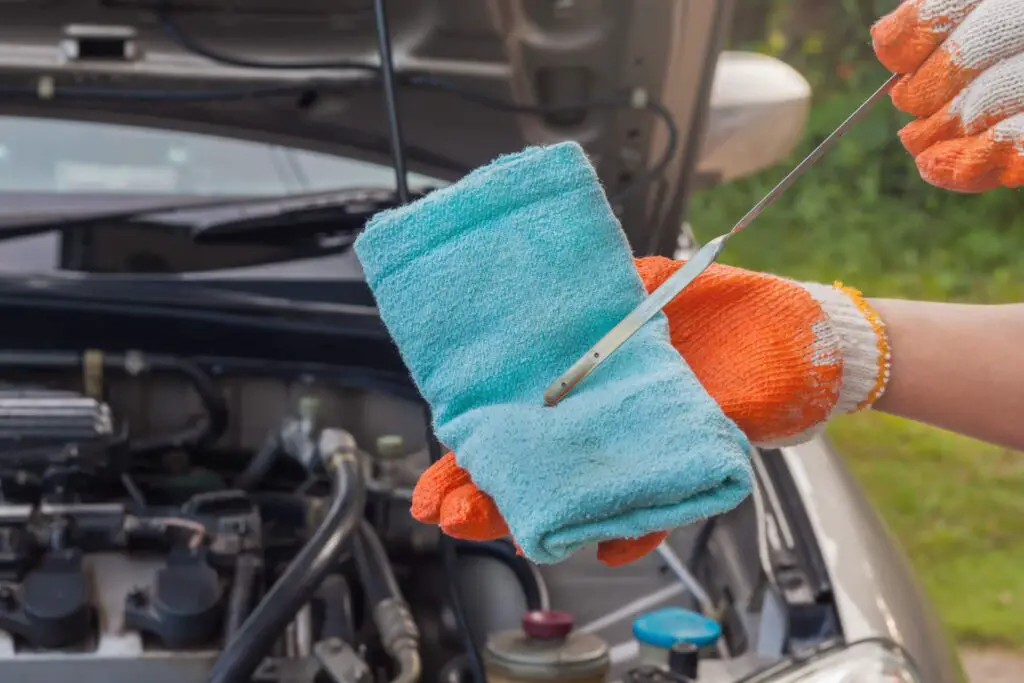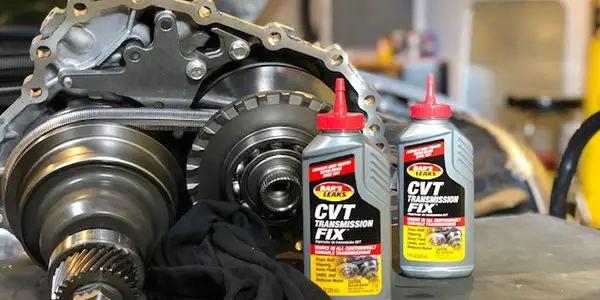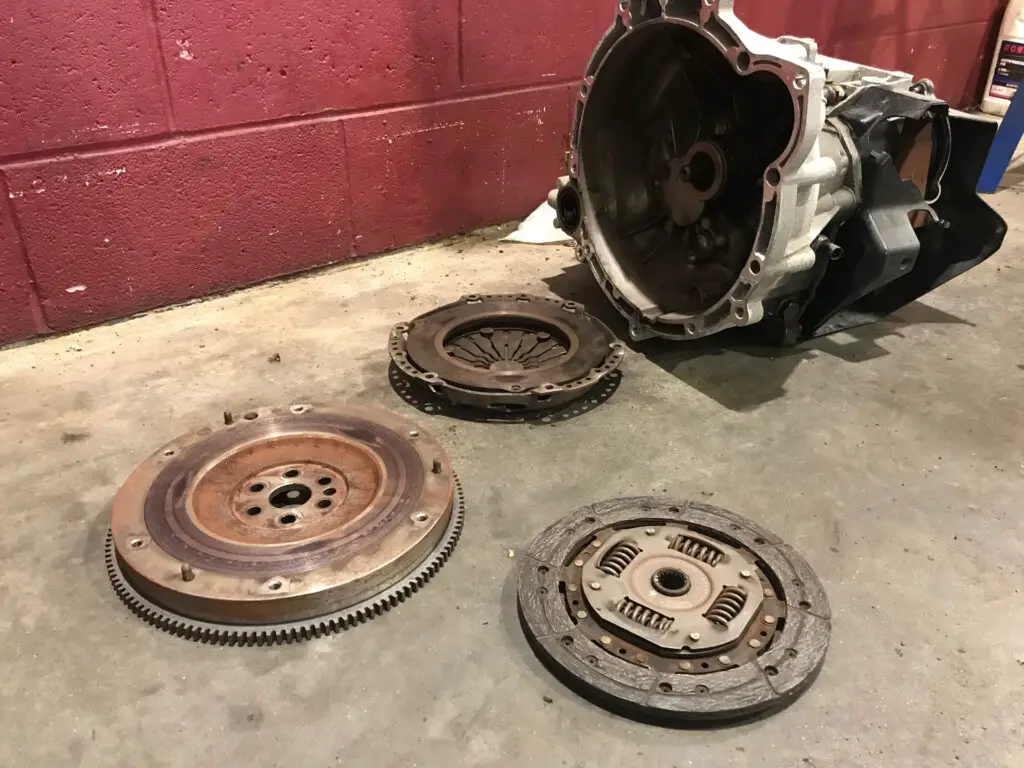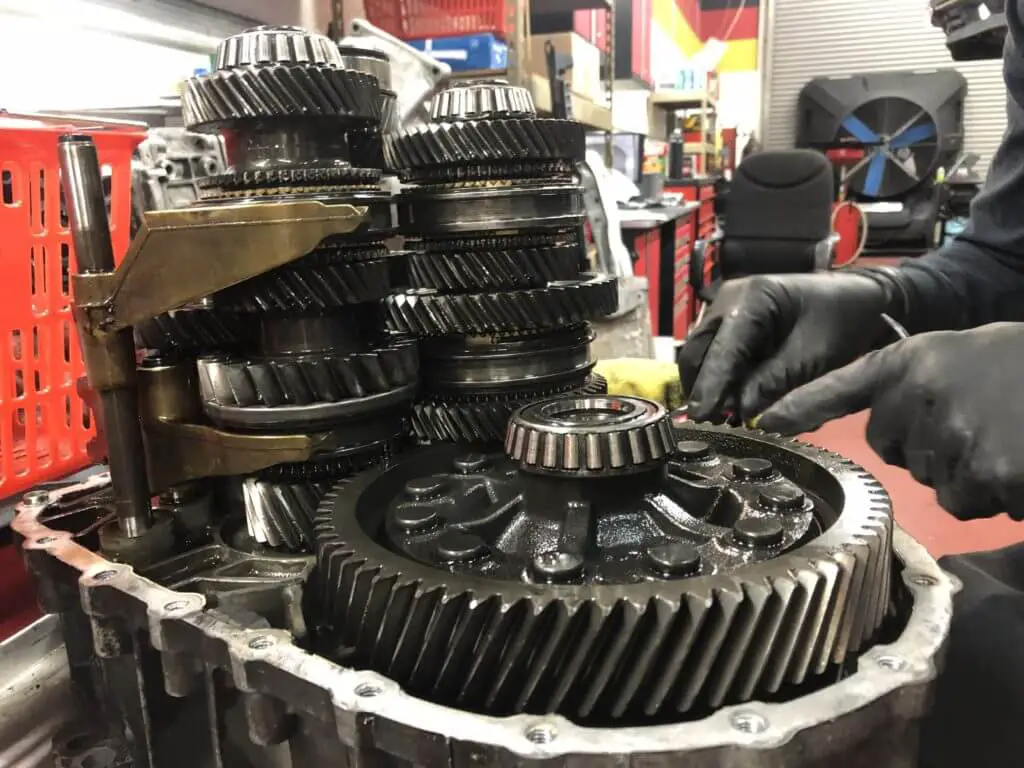If you’ve noticed the temperature gauge on your vehicle’s transmission spiking into the hot zone, it’s a sign that something is causing your transmission to overheat.
An overheating transmission is a serious issue that shouldn’t be ignored, as it can lead to widespread damage and costly repairs if not addressed promptly. In this post, we’ll explore some of the most common reasons why your transmission may be running too hot.
Low Transmission Fluid Level

One of the primary causes of an overheating transmission is a low fluid level. Transmission fluid serves as a hydraulic fluid that applies pressure to engage the transmission and also lubricates and cools the internal components. If the fluid level drops too low, there won’t be enough fluid to properly lubricate and cool the transmission. This excessive friction and heat buildup can quickly lead to damage. Be sure to check your transmission fluid level frequently and top it off if it’s running low.
Worn Out Fluid

Even with the proper fluid level, old degraded transmission fluid that has turned dark and burned can cause overheating issues. Over time and higher mileage, the fluid starts to break down and lose its protective properties. Sludge can build up and clog the fluid passages, preventing proper cooling and lubrication. Many mechanics recommend changing the transmission fluid on the maintenance schedule specified for your vehicle to prevent this issue.
Faulty Transmission

Cooler Many vehicles use a transmission cooler (similar to a small radiator) that allows the transmission fluid to circulate and dissipate heat. If this cooler becomes clogged or develops a leak, it won’t be able to regulate the temperature effectively. Debris buildup in the cooler lines can also restrict proper fluid flow. Flushing the cooler and changing the lines may be required to fix an issue with the transmission cooler.
Failing Solenoids Your transmission operates using solenoids that control the flow of fluid to engage the gears and clutch packs. If one of the solenoids starts sticking or fails completely, it can cause excess friction and heat buildup in those components. Having the solenoids tested and replaced if defective is recommended.
Internal Transmission Issues
Unfortunately, sometimes overheating can indicate more serious internal problems with the transmission itself. Things like worn-out clutch packs, damaged gears and bearings, or other internal mechanical issues can place extra strain on the transmission, generating more heat. If external adjustments like fixing a cooler line or changing the fluid don’t resolve the overheating, it may require an inspection or rebuild of the transmission.
Towing or Heavy Loading
Even if nothing is mechanically wrong, towing a trailer or carrying heavy loads can put excessive strain on the transmission, causing heat buildup. Be sure not to exceed your vehicle’s specified towing or payload capacity. Allow the transmission to cool off periodically when towing on steep grades.
Conclusion
As you can see, there are several potential culprits that could be causing your transmission to run hot. The best way to diagnose the root cause is to have it inspected by a qualified transmission specialist as soon as possible.
Also Read:
- The Innovative DCT Transmission: Shifting the Future of Automotive Performance
- Transmission Slipping: A Comprehensive Guide
- How Long Do Alternators Last?
- What to Do When Your Car Loses Power But the Engine is Still Running
- Why Does My Car Jerk When Accelerating at Low Speeds?
Continuing to drive with an overheating transmission significantly increases the risk of causing irreparable damage that will require a costly rebuild or replacement. Don’t ignore the warning signs – take care of any overheating issues promptly.



[…] Why is My Transmission Overheating? […]
[…] Why is My Transmission Overheating? […]